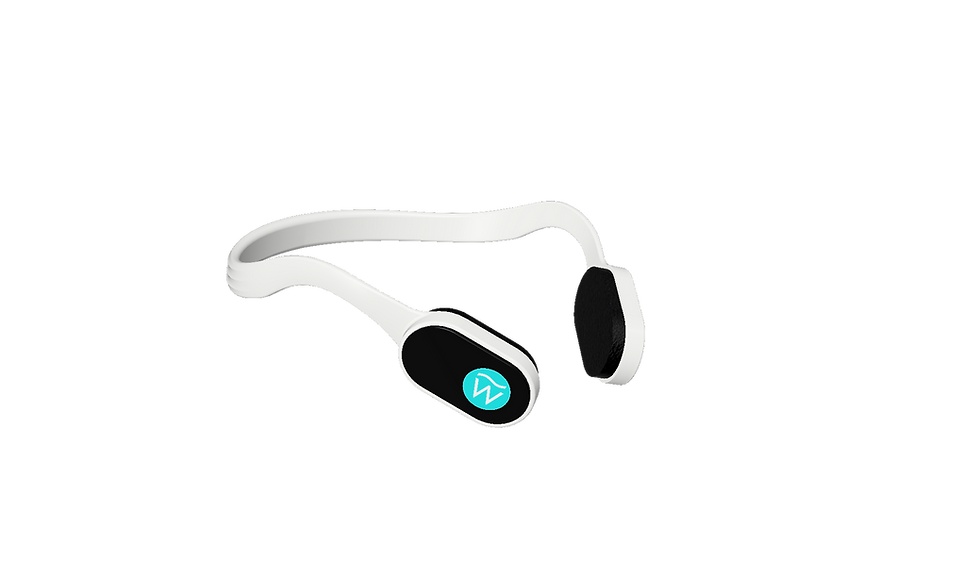
Norwalk, CT. - The device looks like a simple headband, but it has a superpower: it can help save someone you love from drowning.
Drownings happen quickly, and fatality rates increase dramatically the longer a swimmer is submerged. Two Ph.D. researchers in Austin, TX set out to assess technology that enables staff at commercial pools to recognize drowning incidents as quickly as possible. They chose the WAVE Drowning Detection System due to its simplicity and reliability in detecting submerged swimmers and because it is actively used in pools around the country.
In the latest issue of the International Journal of Critical Illness and Injury Science, Dr. Molly Johnson and Dr. Karla Lawson published the first-ever peer-reviewed study on the real-world effectiveness of technology used to prevent drowning at pools with large groups of children. The findings indicate a breakthrough in drowning prevention, with 93% of lifeguards and staff surveyed agreeing or strongly agreeing that using WAVE could help save someone's life. Another 80% said WAVE helps lifeguards be more aware of how long swimmers are underwater.
The WAVE Drowning Prevention System uses a lightweight headset or clips that attach to goggles to measure how long a swimmer's face is underwater. If a swimmer is underwater for too long, lifeguard bracelets start to vibrate. If a swimmer remains submerged, an alarm sounds.
“We have the technology that can greatly reduce the chance of a drowning impacting any family,” said WAVE Co-Founder & CEO Mark Caron. “Aquatics Directors across the country have told us WAVE is changing the way their lifeguards behave. They’re more engaged because they’re working closely with a system designed to enhance their jobs.”
The study examined a WAVE system in use at a pool with 40–60 children in it at all times. The alerts generated by WAVE highlighted risky behavior by the children, like breath-holding or doing handstands.
This kind of play is discouraged by lifeguards due to the danger it poses if the child cannot get back to the surface before they need air. The phenomenon known as Shallow Water Blackout, where people drown from underwater breath-holding highlights the need to limit such risky pool behavior.
According to Dr. John Fletemeyer, Executive Director of the Aquatic Law & Safety Institute, who was not involved with the study, “Those of us in the drowning prevention community have been waiting for a technology that is affordable, highly accurate and reliable, and simple to set-up and use. It’s great to see the WAVE technology being verified in the field and viewed so positively by lifeguards and staff.”
WAVE products are designed to supplement, not replace, vigilant human supervision.
The media is welcome to get b-roll/interviews/pictures of swimmers using the WAVE system at any of our WAVE-enabled facilities. We are also available for in-studio or virtual demos and interviews.
A representative list includes:
• Taunton, MA Boys & Girls Club of Metro South
• Hobart, IN Hobart High School and Middle School
• Wilton, CT Riverbrook Regional YMCA
• Fort Lauderdale, FL Boys & Girls Club of Broward County
• Austin, TX YMCA at Camp Moody
• Park City, UT Park City Aquatic Center
Research paper information:
Johnson MB, Lawson KA. Evaluation of the WAVE Drowning Detection SystemTM for use with children's summer camp groups in swimming pools: A prospective observational study. Int J Crit Illn Inj Sci 2022;12:184-9 |
Available from: https://www.ijciis.org/text.asp?2022/12/4/184/364736 |
MEDIA CONTACT:
Nicole Papageorge Paff
WAVE Drowning Detection Systems
(m) 603-591-8288


Comments